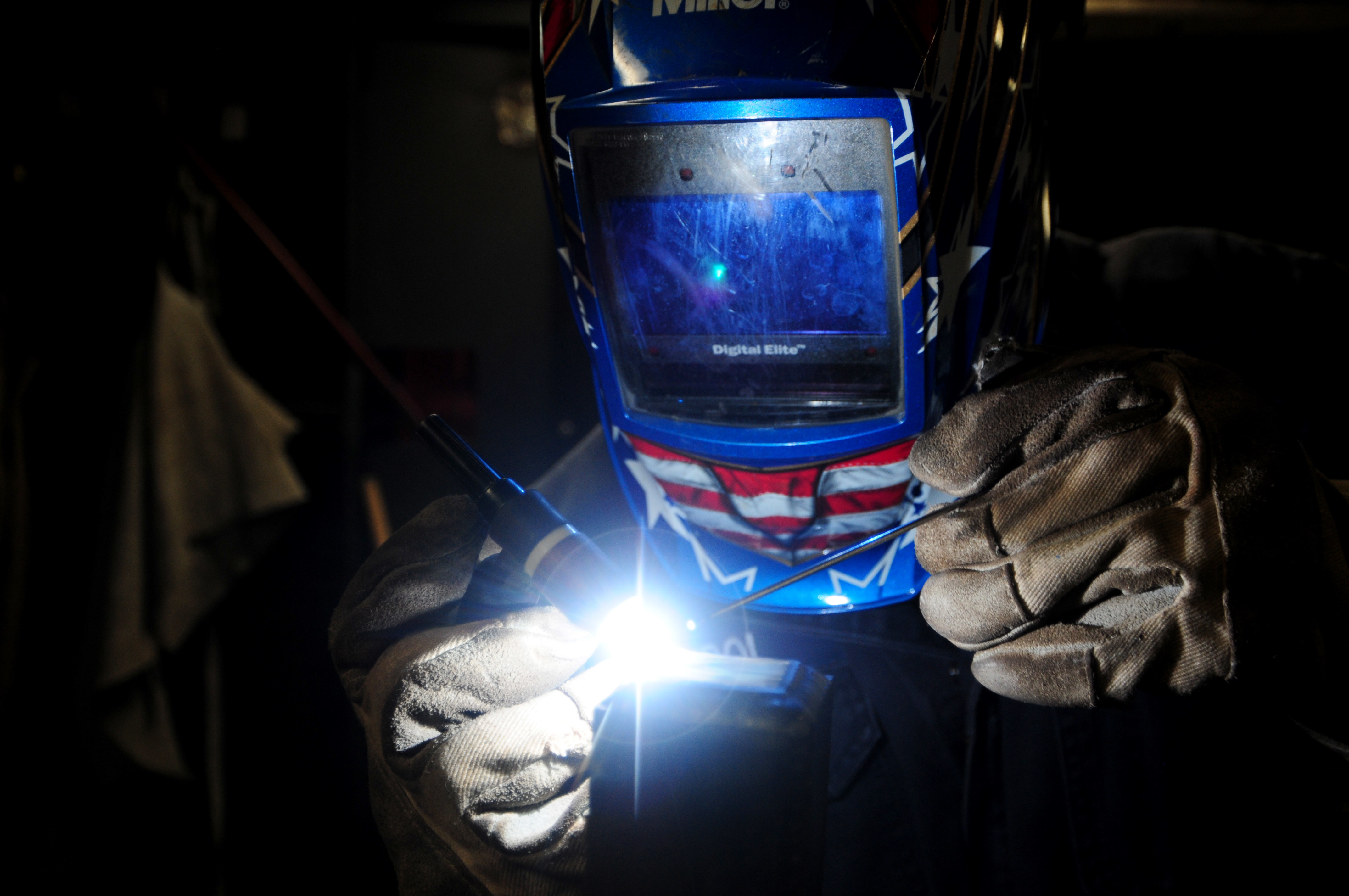
The post was updated to include correct terminology.
WASHINGTON, D.C. – Extending the lifespans of existing ships using data-driven maintenance efforts is the best strategy for achieving a 355- ship navy, said the Naval Sea Systems Command chief engineer.
The key to maintaining ships and enabling the Navy to extend their lifespans is data analytics, Rear Adm. Lorin Selby, the chief engineer and deputy commander of ship design, integration and naval engineering at NAVSEA, said Thursday at the American Society of Naval Engineers’ annual Technology, Systems & Ship symposium.
“I have ships with a number of sensors on them, measuring things like reduction gears, shafting components, turbines, generators, water jets, air conditioning plants, high packs, a number of components, and we’re actually pulling data off those ships, in data acquisition systems,” Selby said.
At the Naval Surface Warfare Center Philadelphia Division, Selby’s team is analyzing data gleaned from smaller ship component operations to determine how often such components need servicing, oil changes, filter changes, other maintenance actions and replacement. The process is called condition-based maintenance plus (CBM+), and Selby wants CBM to drive improvements in maintaining ships.
“That’s one of the things we’re doing to get after utilizing the technology we have today to operate the ships we have today more efficiently and more effectively,” Selby said.
The Navy has dabbled with CBM for years. A 2008 Department of Defense Conditions Based Maintenance Plus guidebook mentions NAVSEA efforts. However, two years ago at the ASNE TSS symposium, NAVSEA Commander Vice Adm. Tom Moore told USNI News that the Navy’s use of CBM had perhaps gone too far and was disrupting the shipyards’ ability to plan for large maintenance jobs properly.
During previous attempts at incorporating CBM, there was a thought that, if major efforts like refurbishing tanks were only done when needed, rather than on a predetermined timetable, the Navy could avoid spending time and money on work ahead of need. However, that also meant that shipyards wouldn’t have a clear work package before a ship showed up at the pier, adding uncertainty and, ultimately, more time and cost into the maintenance availability.
This time around, Selby sees condition-based maintenance as a way to address smaller maintenance items in such a way that data analysis points a ship crew to components that are experiencing minor performance issues or otherwise showing signs they are about to fail before the failure actually occurs.
This summer, a pilot program using enterprise remote monitoring will occur on an Arleigh Burke-class destroyer, he said. Data collected will be sent for analysis, and operators will learn how to use the data to understand how their systems are performing and if maintenance or repairs are needed.
Selby wants to have a system of apps the Navy can use to collect data from ship components, analyze the data, share it with operators and schedule work. He wants to hold a competition for app developers to create apps the Navy will test for use in the fleet.
Describing his vision, Selby said, “the systems that will be monitoring, say the turbine; it will tell the operators when a work procedure has to be performed and it will also then tap into the work package side of the house and generate a work package that gets sent to the ship, to the work center, to do the work. And if there’s a part involved, it will be able to pull a part from the supply system.”
Testing is occurring now, but Selby concedes there are some obstacles the Navy has to overcome before large-scale deployment. The Navy is struggling with how to transmit data securely, something Selby discussed during an earlier session at the symposium. The data also has to be secured.
“The performance of any given asset is something we want to hold close. So I think what you have to do is you have to architect this from kind of the get-go with that kind of security mindset in mind,” Selby said. “You can harvest that data and you could potentially discover vulnerabilities, so you have to protect that. That’s part of my project: as I do this, we’re bringing that security aspect into the program.”
Extending the lifespan of the Navy’s current fleet is essential if the Navy is going to grow to 355-ships, Moore said during his keynote address after Selby spoke Thursday. The Navy, military planners at the Pentagon, the White House and lawmakers are all anxious to reach 355 ships as soon as possible because Moore said current forces are stretched too thin.
“We in the Navy, we don’t have enough forces to go everywhere we need to go, and we have a pretty fragile mix of ships, so that when we miss an availability coming out on time, or we don’t build something to the schedule they’re supposed to build to, there are real-world consequences to that,” Moore said.
The true determining factor of whether a ship’s lifespan can be extended, Moore said, is the platform’s flexibility. The Arleigh Burke-class is the Navy’s workhorse today because, during the past 30 years, the Navy has successfully updated its operating systems. Moving forward, Moore said extending the life of the ships in this class means back-fitting many of the older Flight I and Flight II with a scaled-back version of the AN/SPY-6(V) Air and Missile Defense Radar (AMDR) to keep these ships relevant to current and future mission needs.
“If you’re willing to do the maintenance on the ships, from a hull and mechanical perspective, you absolutely can keep them longer,” Moore said. “The issue is really not can you keep them 50 years; the issue is can they maintain combat relevance. If they can maintain combat relevance, we know we can keep them longer.”





